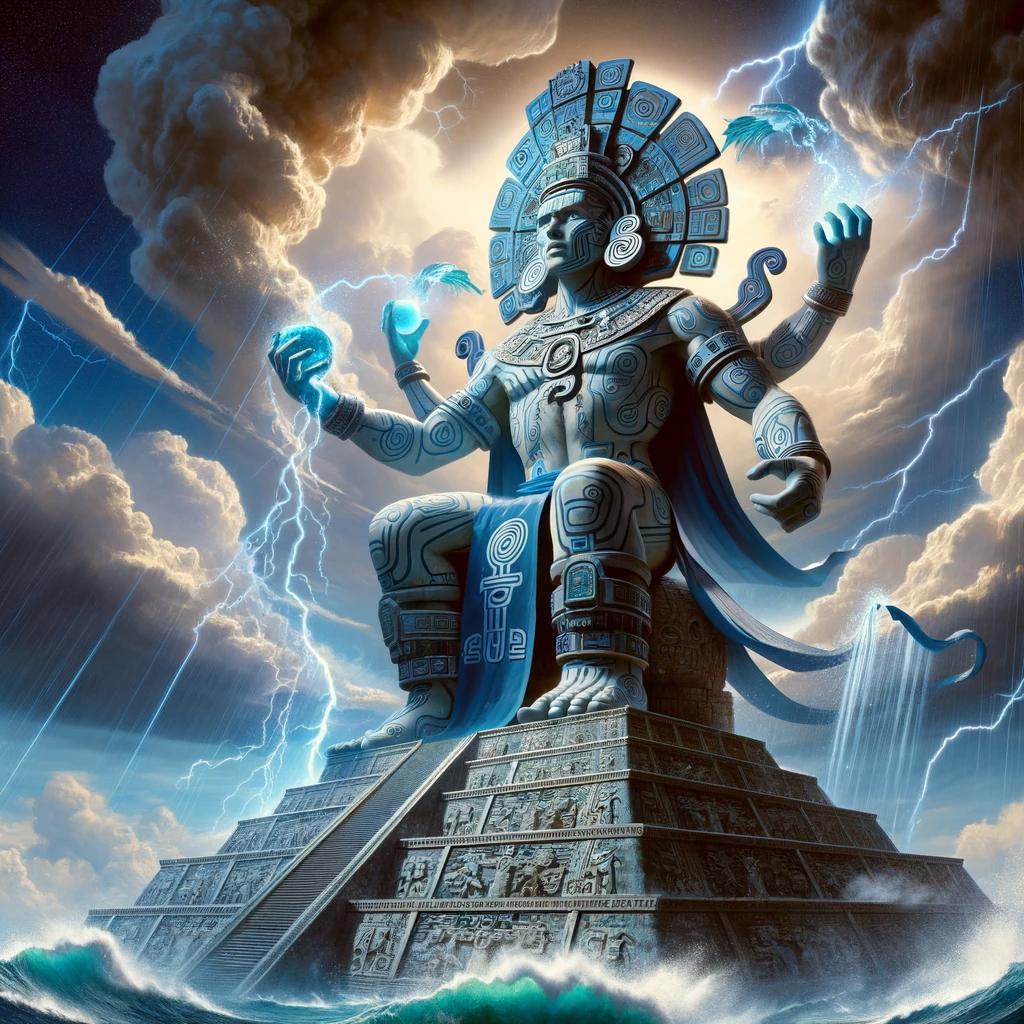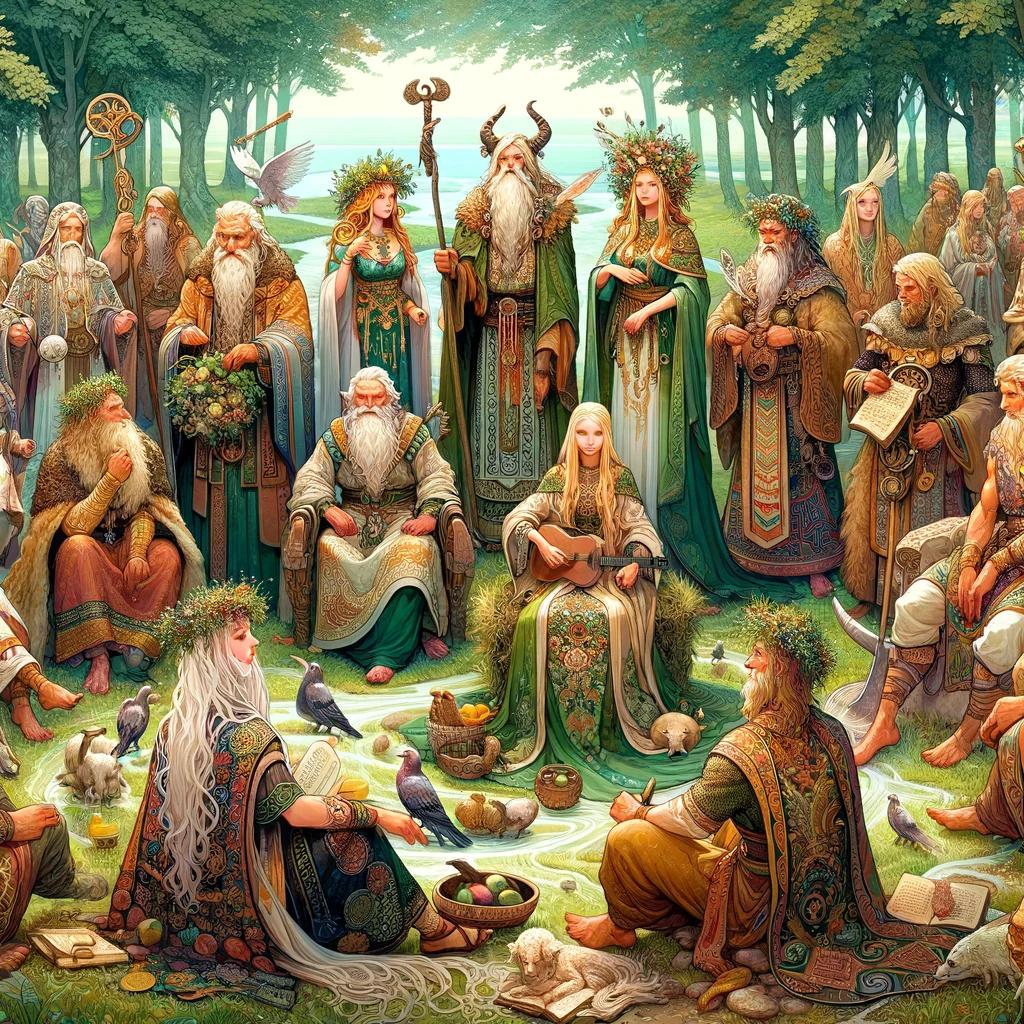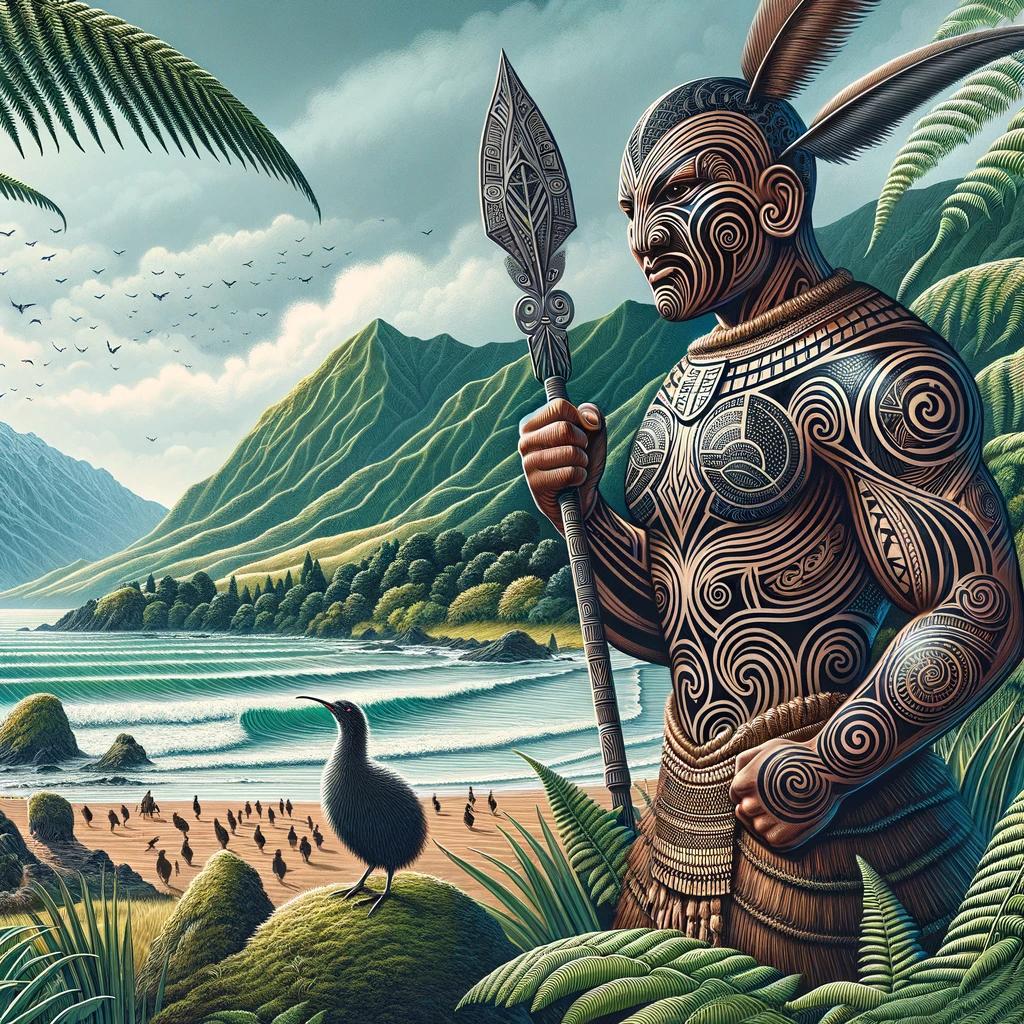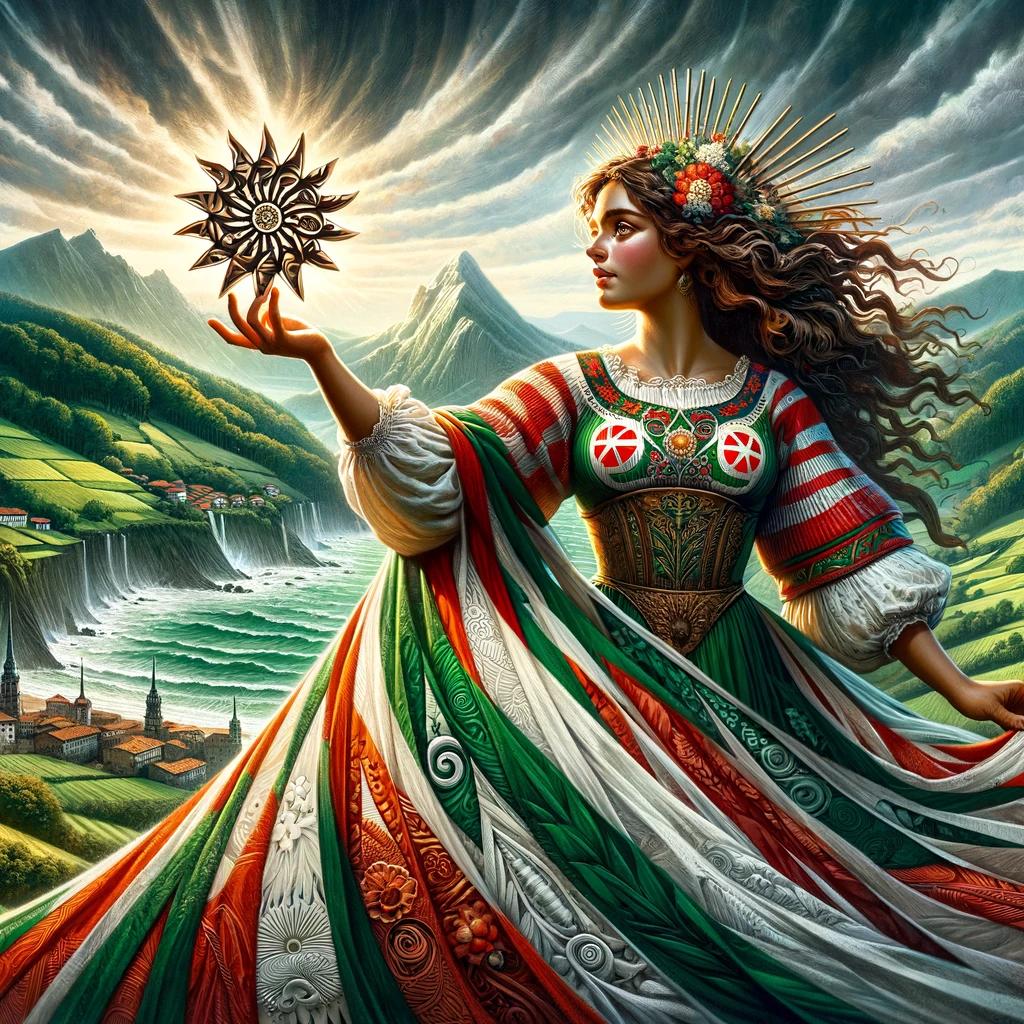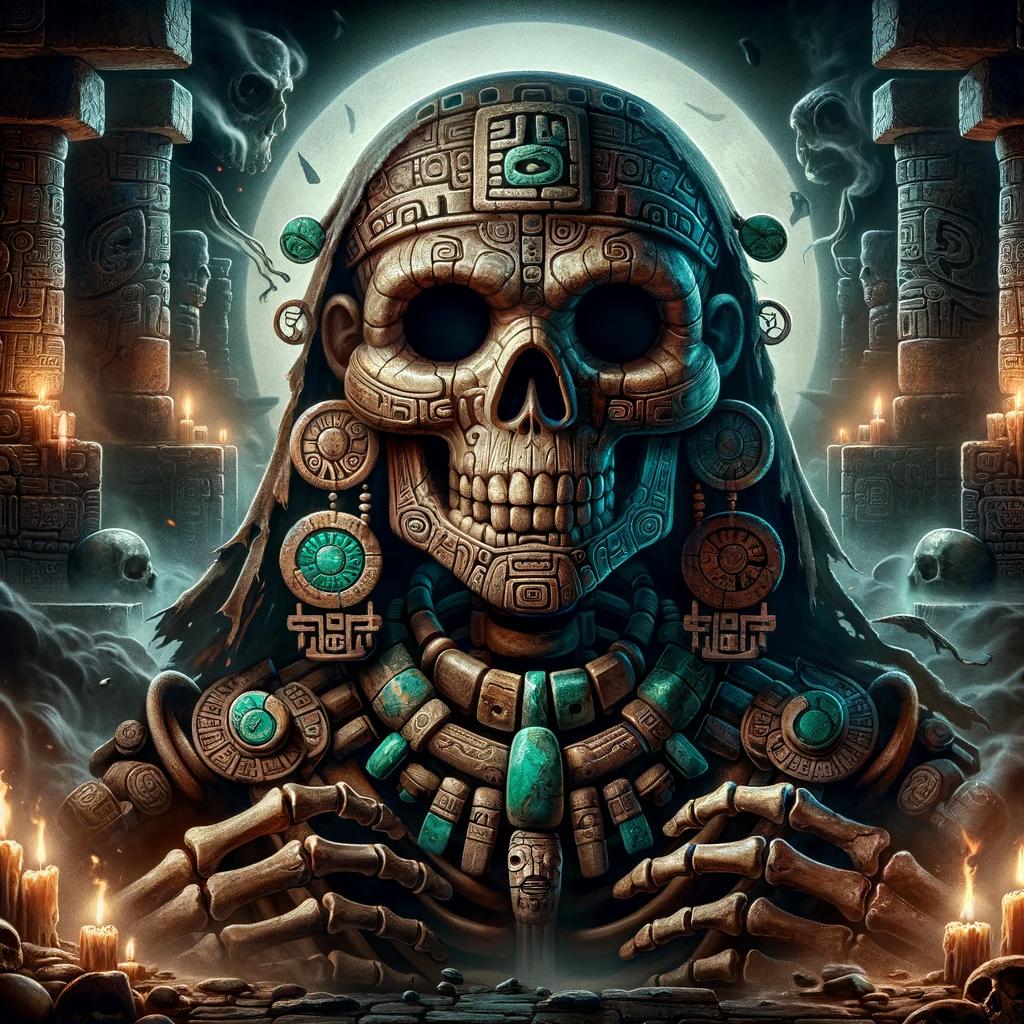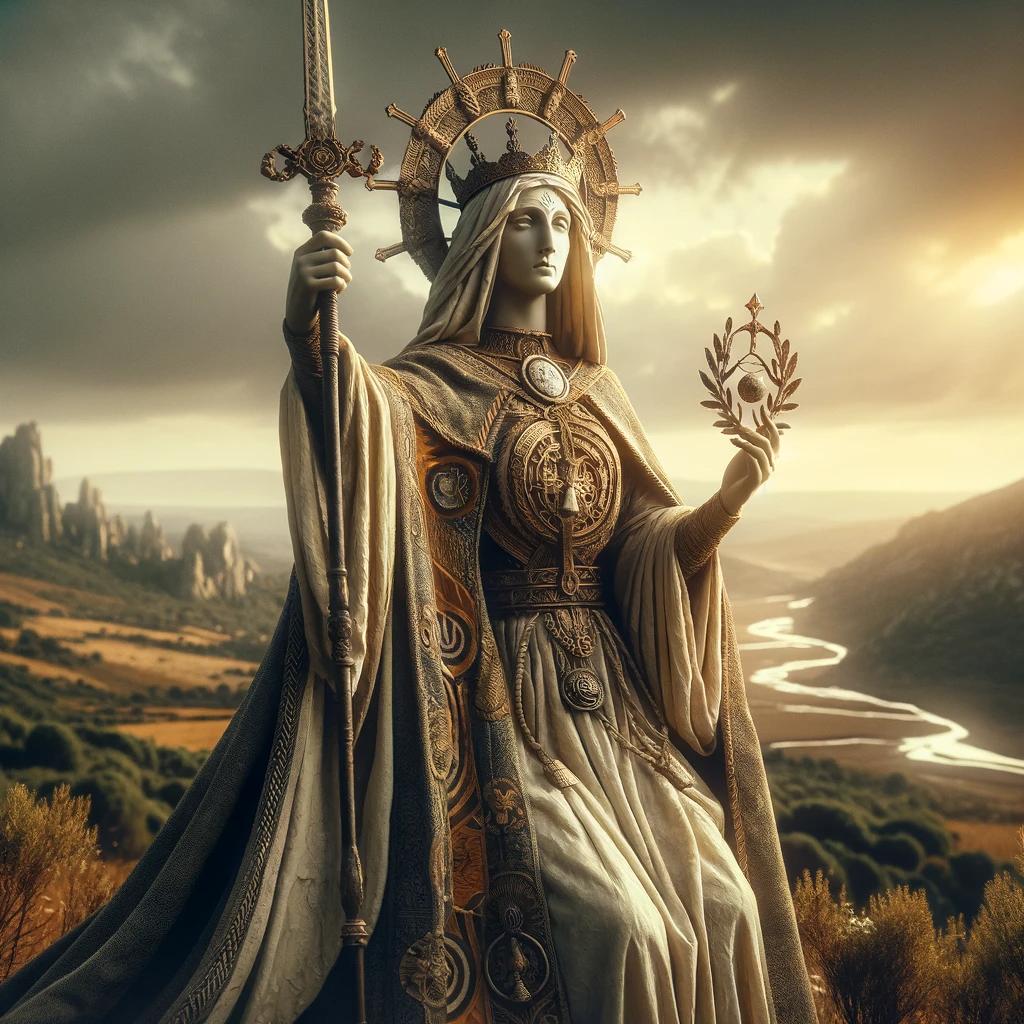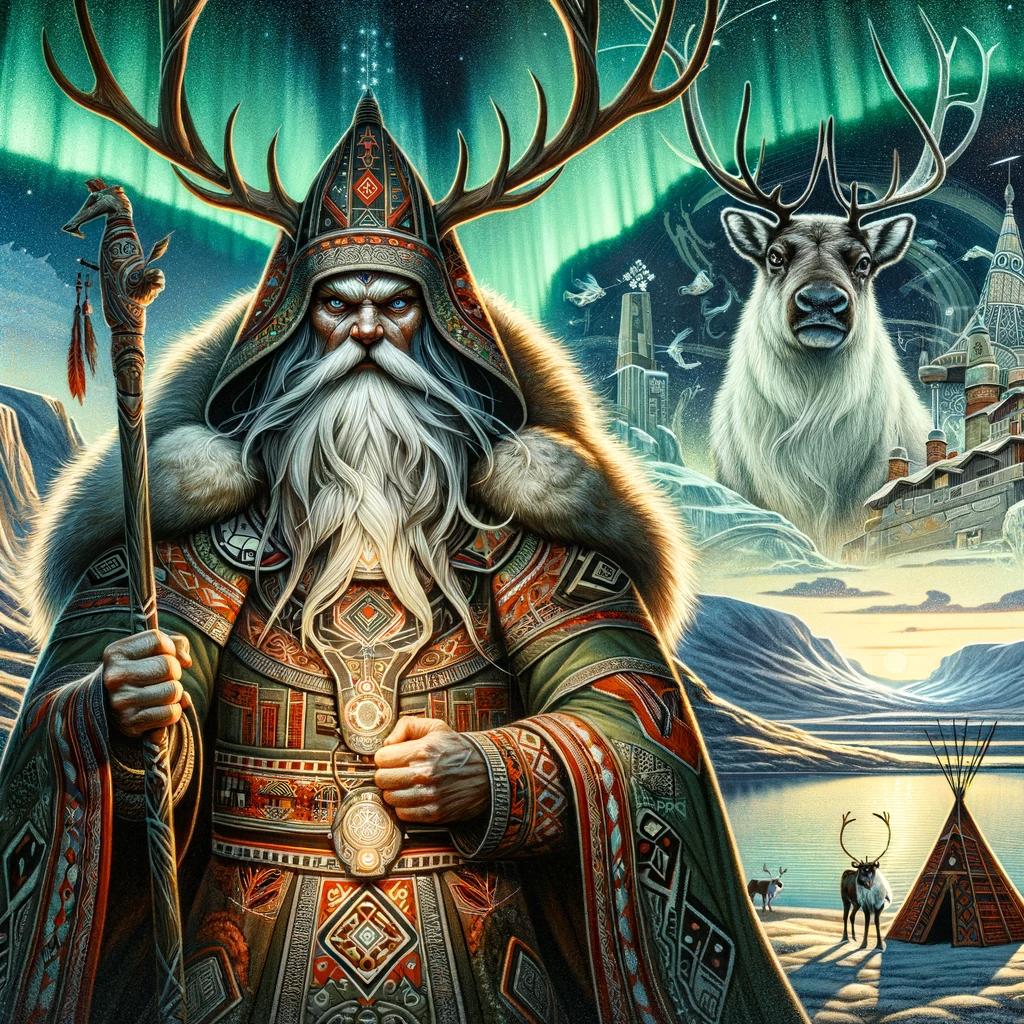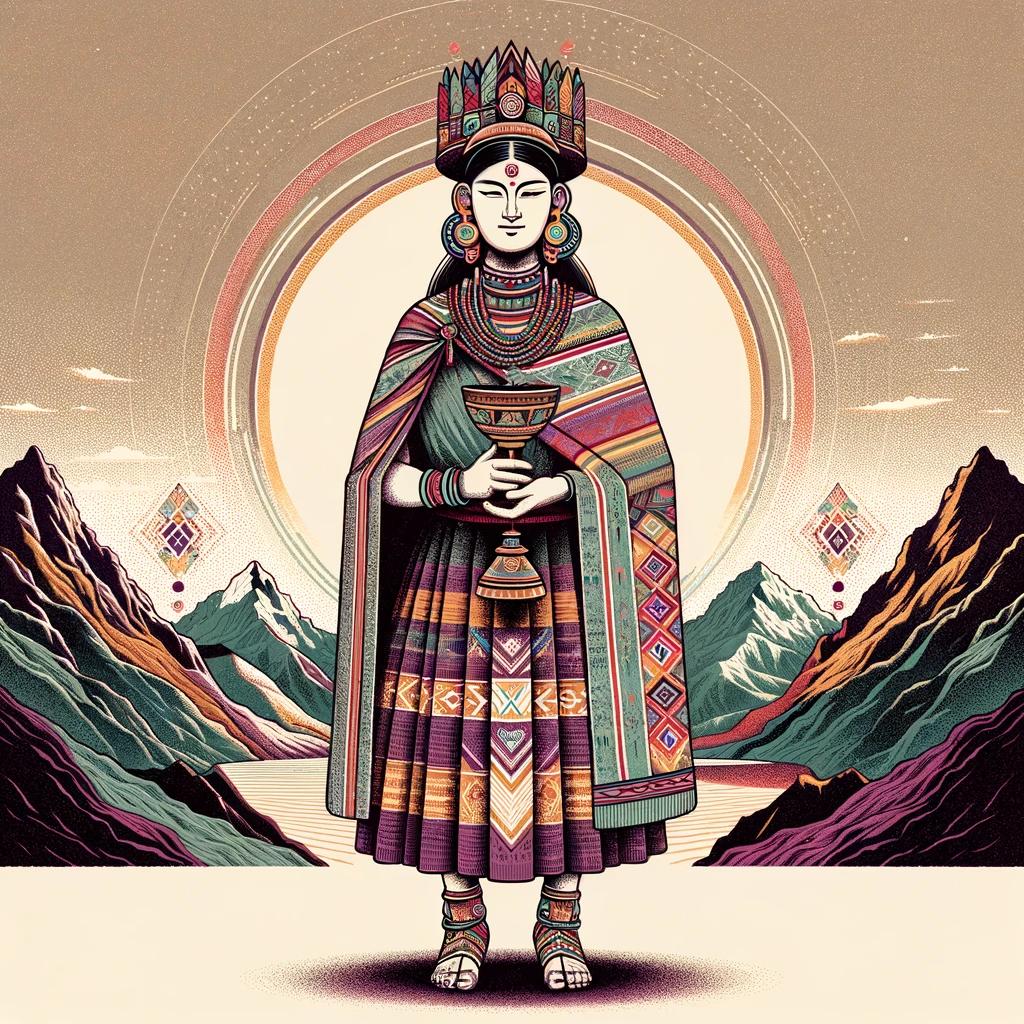Olmec Rain God: Exploring the Ancient Mesoamerican Deity

The Olmec Rain God played a significant role in the ancient Mesoamerican civilization known as the Olmec. This deity, often depicted with distinct features like fiery eyebrows and a divided tongue, represents the power and importance of rain and water in their religious beliefs.
Exploring the iconography and mythology surrounding the Olmec Rain God provides insight into their complex religious practices and their influence on later Mesoamerican cultures. In this article, we will delve into the significance of the Olmec Rain God, examine other important deities, and explore the connections between Olmec religious traditions and those of neighboring civilizations.
Overview of Olmec Religion
The religious practices of the Olmec civilization, which thrived on the southern coast of the Gulf of Mexico, offer a fascinating glimpse into the spiritual beliefs of this ancient Mesoamerican society.
Through the analysis of their iconography and artifacts, researchers have reconstructed the religious framework of the Olmec people, shedding light on their rituals, deities, and the profound influence they had on later Mesoamerican cultures.
The Olmec Rain God: Understanding its Significance
One of the central figures of Olmec religion was the Rain God, a deity closely associated with the vital natural element of rainfall. Depicted in various forms and iconographic symbols, the Olmec Rain God played a crucial role in agricultural fertility, providing nourishment for their crops.
Understanding the significance of this deity unveils the deep-rooted importance of rain and its connection to the cycles of life in Olmec society.
Exploring Olmec Mythology and Deities
Olmec mythology was a rich tapestry woven with a multitude of deities, each representing different aspects of the natural and supernatural realms. Their pantheon included powerful figures such as the Jaguar God, embodying strength and spiritual prowess, as well as the Maize God, symbolizing sustenance and abundance.
By delving into Olmec mythology and comprehending the roles of these diverse deities, we gain valuable insights into the religious beliefs and cosmology of the Olmec civilization.
Influence and Legacy of Olmec Religion on Mesoamerican Cultures
The influence of Olmec religion extended far beyond the borders of their civilization, permeating and shaping the spiritual practices of subsequent Mesoamerican cultures.
Through trade, cultural exchanges, and migration, the religious concepts and iconography of the Olmec found resonance among neighboring societies, influencing their own religious systems. By examining the enduring legacy of Olmec religion, we gain a deeper understanding of the cultural interconnectedness within ancient Mesoamerica.
The Olmec Rain God Iconography
The iconography associated with the Olmec Rain God provides valuable insights into the religious beliefs and cultural practices of the ancient Olmec civilization. Through the analysis of symbols and representations, we can unravel the significance and meaning attributed to this deity in Olmec art and mythology.
Depicting the Olmec Rain God: Symbols and Representations
The depiction of the Olmec Rain God in artwork often showcases distinct features that symbolize its association with rain and water. Common symbols include prominent eyebrows, a bulbous nose, and a bifurcated tongue.
These visual cues represent the crucial connection between the deity and the life-giving properties of water. Additionally, the Olmec Rain God is frequently depicted alongside the Monstruo del Ave (Monster Bird), emphasizing the interconnectedness of rain and avian symbolism in Olmec culture.
The Were-Jaguar: Mythical Creature in Olmec Art
Another intriguing figure in Olmec iconography is the Were-Jaguar, a mythical creature that holds significant cultural and symbolic importance. Combining features of both human and jaguar, this hybrid entity is believed to represent a supernatural being in Olmec mythology.
The Were-Jaguar often appears in ceremonial scenes, suggesting its connection to rituals and rites associated with the Olmec Rain God and other divine entities.
The Banded Eye God: Symbolism and Meaning in Olmec Iconography
The Banded Eye God is a unique deity depicted with a distinctive almond-shaped, banded eye.
Scholars have proposed various interpretations for this enigmatic figure, including associations with sight, divination, and the spiritual realm. The banded eye motif may represent the ability to perceive hidden truths or the deity’s connection to supernatural realms beyond the mortal vision.
As an integral element of Olmec iconography, the Banded Eye God adds further depth and complexity to the visual representation of Olmec religious beliefs.
Rituals and Beliefs in Olmec Religion
Within the Olmec religious practices, sacred rituals and ceremonies played a crucial role in honoring and appeasing the Olmec Rain God.
These ceremonies were dedicated to seeking the benevolence of the deity and ensuring the balance and fertility of the natural world.
Sacred Practices and Ceremonies Dedicated to the Olmec Rain God
The Olmec Rain God held significant importance in Olmec society, as rain was vital for the success of agricultural endeavors.
To ensure an abundant harvest and water supply, the Olmecs engaged in various rituals and ceremonies. They performed dances, made offerings, and conducted purification rituals in honor of the Rain God.
Additionally, the Olmecs built special altars and shrines, where they conducted elaborate ceremonies dedicated solely to the Rain God. The rituals included offerings of food, flowers, and other sacred items.
It was believed that these offerings would please the deity, resulting in the favorable bestowal of rain and fertility upon the land.
The Role of Shamans and Priests in Olmec Religious Practices
Shamans and priests held important roles in Olmec religious practices.
They acted as intermediaries between the community and the spiritual realm, conducting ceremonies and leading rituals. Shamans possessed knowledge of sacred rituals, healing techniques, and divination methods.
Priests, on the other hand, were responsible for overseeing the proper execution of religious rites and maintaining the connection between the rulers and the deities.
They played a vital role in interpreting omens, predicting favorable weather conditions, and conducting sacrifices to appease the Olmec Rain God.
Water and Rain as Sacred Elements in Olmec Spirituality
In Olmec spirituality, water and rain held profound sacred significance.
Water was seen as a life-giving force and represented fertility, abundance, and purification. Rain was particularly revered as it provided nourishment for crops, ensuring the sustenance of the community.
The Olmecs believed that the Olmec Rain God controlled the flow of rain and had the power to bring prosperity or drought to the land.
They viewed rain as a divine gift, essential for the well-being and growth of their civilization. Consequently, through their rituals and ceremonies, the Olmecs sought to maintain a harmonious relationship with the Rain God to ensure the prosperity of their society.
- Sacred Practices and Ceremonies Dedicated to the Olmec Rain God
- The Role of Shamans and Priests in Olmec Religious Practices
- Water and Rain as Sacred Elements in Olmec Spirituality
Divine Connections: Olmec Rain God and Other Deities
Exploring the Olmec Jaguar God and its Role in Ancient Mesoamerican Religion
The Olmec Jaguar God held a significant place in ancient Mesoamerican religious beliefs, representing power, strength, and the connection between humans and the animal realm.
Often depicted with jaguar features, this deity played a crucial role in the Olmec pantheon, influencing later civilizations in the region.
The Maize God: Symbolism and Importance in Olmec Mythology
In Olmec mythology, the Maize God played a vital role as the deity associated with agriculture, sustenance, and fertility.
Represented with distinctive maize-related symbols, this god held a central place in Olmec religious practices and influenced subsequent civilizations’ beliefs in Mesoamerica.
Olmec Supernatural Beings: An Overview of Other Significant Deities
- The Olmec Rain God was not the only deity worshipped by the Olmec civilization.
They revered numerous other gods and supernatural beings, each with their own significance and attributes.
- One notable deity was the Itzam-Yeh, a celestial bird associated with the heavens and often depicted in Olmec art.
- Chac, known as the God of Rain, held a crucial role in providing life-sustaining rains and was revered by the Olmec people.
- Ix Chel, the Dama del Arcoíris (Rainbow Lady), symbolized fertility, childbirth, and weaving, signifying her importance in Olmec religious beliefs.
- The Señores de la Muerte (Lords of Death) represented the underworld and the cycle of life and death, playing a significant role in Olmec cosmology.
Olmec Rain God in Context
The Olmec Rain God holds a significant place in the Mesoamerican pantheon, and understanding its place in the larger context of ancient Mesoamerican rain gods sheds light on the interconnectedness of religious beliefs and practices in the region.
This section explores the comparisons between the Olmec Rain God and other ancient Mesoamerican rain deities, as well as the influence of Olmec religion on later Mesoamerican cultures.
Additionally, we delve into the historical perspectives and current research surrounding the study of the Olmec Rain God.
Comparisons with Other Ancient Mesoamerican Rain Gods
By comparing the attributes, iconography, and symbolism of the Olmec Rain God with other rain deities in ancient Mesoamerican civilizations, we can identify common motifs and understand the shared cultural significance of rain in the region.
Examining the similarities and differences presents opportunities to gain insights into the religious beliefs and practices of various cultures and their relationship to the natural world.
Influence of Olmec Religion on Later Mesoamerican Cultures
The Olmec civilization had a profound impact on the development of later Mesoamerican cultures, including their religious beliefs and practices.
This subsection explores the ways in which the Olmec Rain God and the broader Olmec religious system influenced and shaped subsequent Mesoamerican civilizations, such as the Maya and the Aztecs.
Examining the traces of Olmec religious elements in these cultures allows us to understand the enduring legacy of the Olmec Rain God and its importance in the religious landscape of Mesoamerica.
Studying the Olmec Rain God: Historical Perspectives and Current Research
Throughout history, scholars and researchers have been fascinated by the Olmec Rain God and the religious practices of the Olmec civilization. This subsection explores the historical perspectives on the study of the Olmec Rain God, including early discoveries and interpretations.
Additionally, we delve into current research efforts, the application of innovative methodologies, and the ongoing discoveries that contribute to our evolving understanding of the Olmec Rain God and its place within ancient Mesoamerican religion.
- Comparisons with other ancient Mesoamerican rain gods provide insights into cultural and religious connections.
- The influence of Olmec religion extends to later Mesoamerican civilizations, leaving a lasting impact on their religious beliefs.
- Historical perspectives and current research efforts continue to contribute to our knowledge and understanding of the Olmec Rain God.
.











